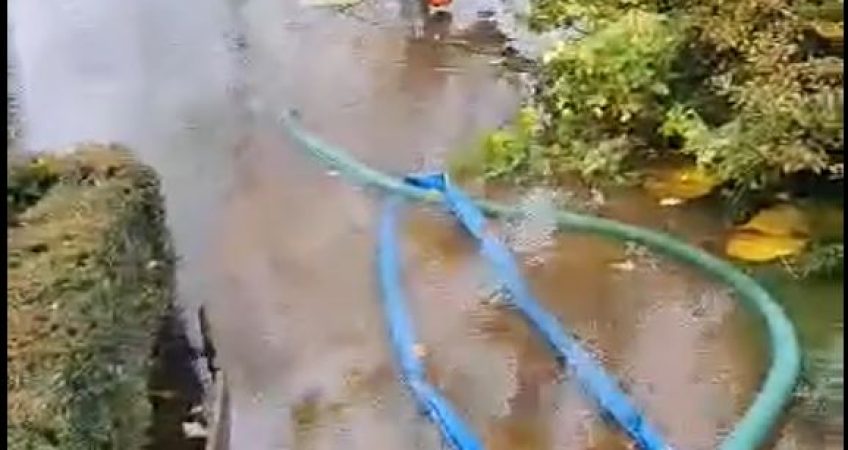WATER TORTURE!!!
FLOODING
WHAT ARE FLOODS?
Floods are the most hazardous natural disasters; they are governed by various factors, including rainfall characteristics, drainage systems, land use and water management in river basins. Water from sudden downpours and storms can no longer be absorbed into the soil so it either pools or runs to lower elevation which puts increasing pressure on our sewerage and drainage network.
Many areas have separate sewers to take foul waste and rainwater but, in some areas, the drainage system is combined, meaning that foul sewage from kitchens and toilets mixes with rainfall. This means that, during a heavy storm, the flow in the drains is much greater and can reach maximum capacity. Our drains and sewers are designed to cope with most storms but occasionally rainfall can be so heavy that it overwhelms the system. When this happens, sewage can overflow from manholes and gullies and flood land, rivers and gardens. In the worst cases, sewage can even flood homes and businesses.
HOW CAN THE DRAIN UNBLOCKING COMPANY HELP?
We have a dedicated professional team that embraces the challenges of wastewater management, we aim to get to your property as soon as possible to asses if pumps can be used to remove the accumulation of water. Pumps can only offer limited relief from the symptoms of flooding. We prioritize the use of pumps to protect our customers suffering from, or at risk of, internal flooding, rather than attempting to pump away river water and groundwater, against which they could not make any significant impact.
The key for any flood protection in the drains is to act as a one-way valve, allowing water to leave the property but not come back up the drain’s pipes. This is also known as a non-return valve. A non-return valve can be retro-fitted to your property, but the type of valve will depend on several factors.
Correct pipe sizes. Pipes need to be sized for the flow of water, to minimise the risk of blockage and to allow air movement. You can contact The Drain Unblocking Company to get advice on pipe sizes. They should be designed with access hatches, or manholes to provide for access to deal with blockages. Rodding eyes and access chambers should be used to enable all parts of the underground drainage to be cleared and to allow removal of blockages.
WHAT CAN YOU DO TO PREVENT FLOODING??
- Check Flood Risk
Your first step should be to establish how at risk of flooding your property is. Once you know this, you’ll have a better idea of how seriously you need to take flood defenses in your home.
- Understand the Flow of Water
Look around at your property and assess where floodwater would be most likely to come from, where it would build-up, and in which direction it would flow through your property.
- Add Extra Drainage
Adding extra drainage around the edges of your property can help to keep flooding down to a minimum.
- Keep Some Grass
People have paved over front lawns to create extra parking space and keep gardens low maintenance. However, doing so prevents water from draining away naturally.
- Prepare Sandbags
They are cheap and quick to install. Keep a few bags ready to go, so that if a flash flood occurs, you can quickly put the sandbags down where you need them.
- Install Self Sealing Air Bricks
One of the main ways flooding causes damage to properties is when it enters through air bricks. Air bricks are the bricks with holes in you’ll find around the outside of your house. Self-sealing air bricks contain balls that rise with the water level, sealing off the holes during flooding to prevent water from entering your property via the air bricks.
- Install Flood Barriers
They consist of brackets installed at either side of an opening such as a doorway in a garage or conservatory.
- Raise Electrical Sockets
Get an electrician in to move your plug sockets higher from the ground. That way, if the worst does happen, your electrics will be safe.

